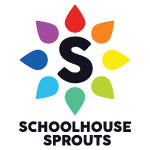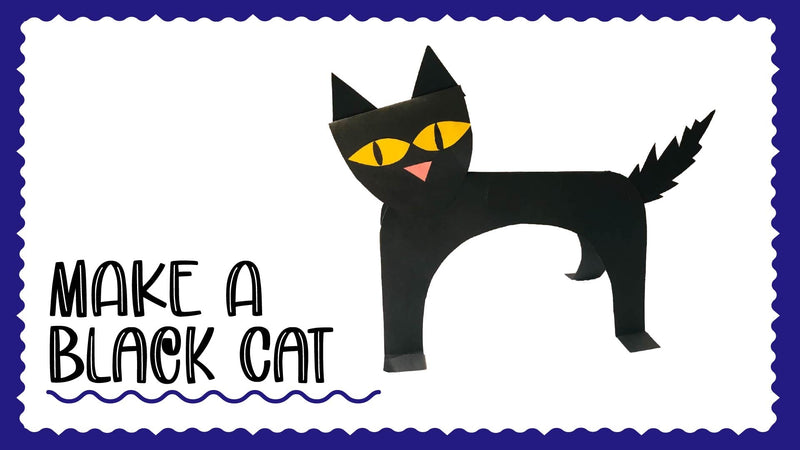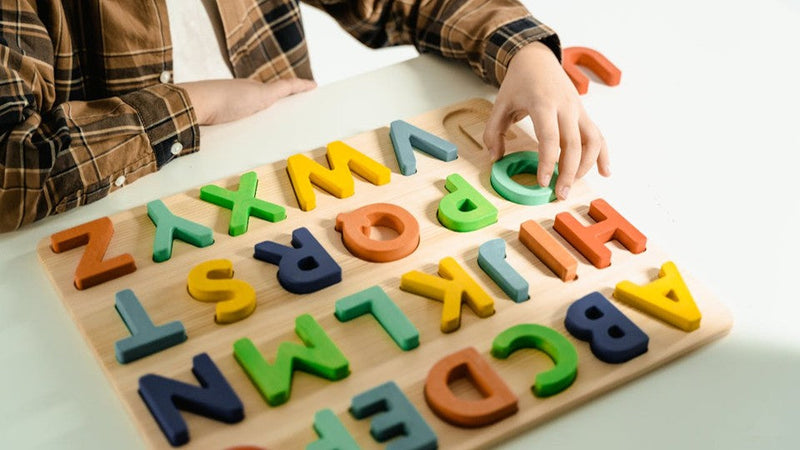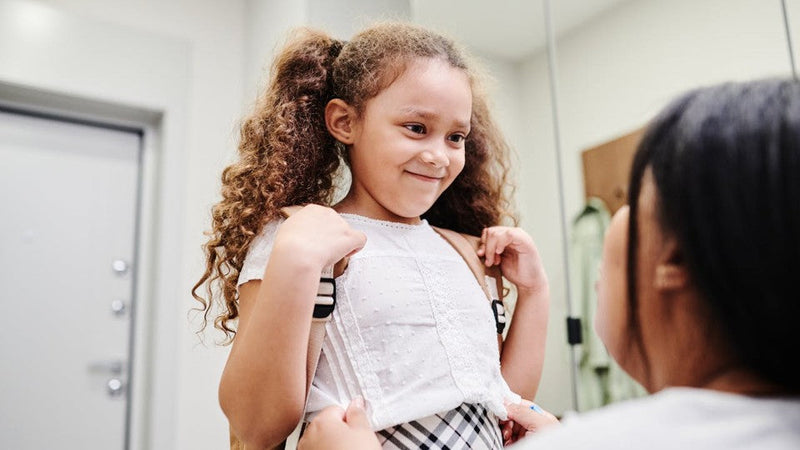

Simple, Fun Ways to Help Little Learners Master Their ABCs
Teaching the alphabet doesn’t have to mean sitting still with flashcards or memorizing letter charts. In fact, young kids learn best through movement, play, and hands-on discovery. Whether your child is just starting to recognize letters or working on naming and writing them, these simple tips will make learning the ABCs fun, engaging, and stress-free.
Here are five playful ways to teach the alphabet at home—and help your child fall in love with letters!
1. Start with Their Name
One of the easiest and most meaningful places to start is with the letters in your child’s own name. Those letters are special, and kids are naturally curious about them.
📌 Try This:
- Make a name puzzle with cut-out letters
- Use magnetic letters on the fridge to build their name
- Sing a song spelling their name (à la “B-I-N-G-O”)
When kids connect letters to something personal, they’re more motivated to learn.
2. Focus on One Letter at a Time
Rather than introducing the whole alphabet at once, spotlight one letter at a time. Explore its sound, shape, and words that start with it.
- Learning “A”? Look for apples, ants, and alligators.
- Cut the letter out of playdough, trace it in sand, or glue things that start with that letter onto a big paper A.
Repetition and multisensory activities help letters stick in young minds.
3. Sing, Dance, and Move!
Songs and movement help reinforce letter names and sounds through rhythm, memory, and fun.
- Try classic ABC songs, action rhymes, or make up your own silly letter tunes!
- Dance like the letter “J,” jump when you hear a certain sound, or march around the house singing your ABCs.
Learning doesn’t have to be quiet, and it shouldn’t always be still!
4. Use Alphabet Toys and Games
There are so many hands-on ways to play with letters:
- Alphabet puzzles
- Letter magnets
- Foam bath letters
- Matching games
- Scavenger hunts ("Find something that starts with B!")
Keep it playful and low-pressure. Celebrate effort and curiosity, not just correct answers.
5. Read, Read, Read
Books are a fantastic way to expose kids to letters in context. Choose alphabet-themed books, rhyming stories, or silly tales that repeat the same sounds.
- Point to the letters on the page, emphasize beginning sounds, or ask, “Can you find the letter M?”
The more kids see and hear letters, the more familiar they become, especially when stories are fun and interactive.
Conclusion
Teaching the alphabet doesn’t have to be complicated. By using your child’s interests, adding movement and music, and making it hands-on, you can create a joyful foundation for reading and writing. The goal isn’t just to memorize letters—it’s to build confidence, spark curiosity, and make learning feel like play.
💻 Watch our ABC and Alphabet videos to bring the learning to life with music, movement, and bright visuals your child will love!















